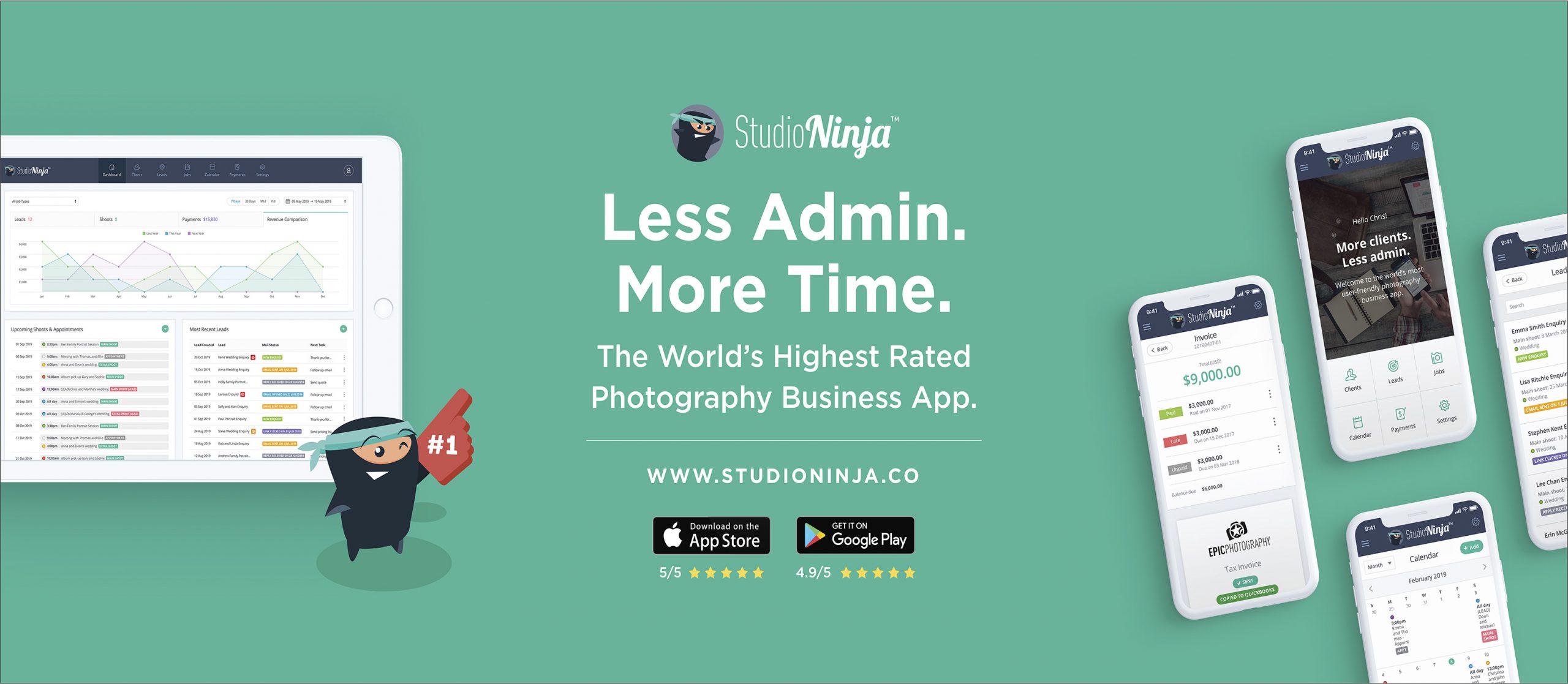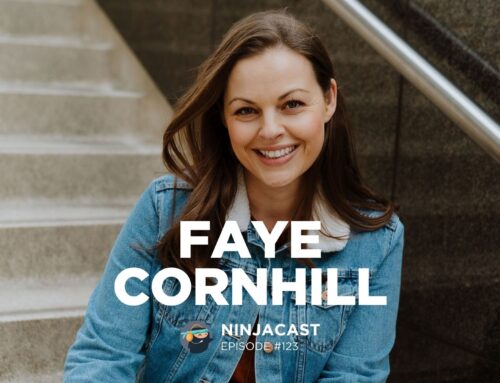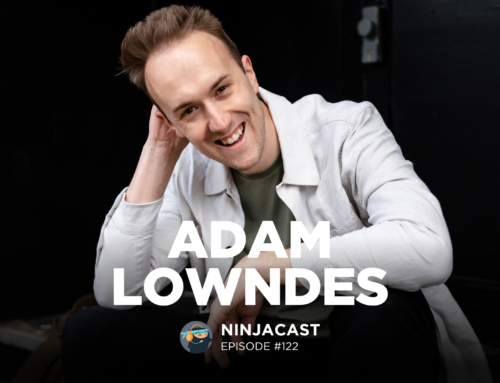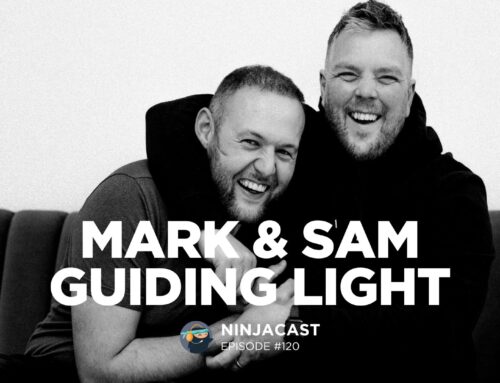019: Alex Cearns – The Total Low-Down on Pet Photography: Shooting, Pricing & More!
January 30, 2021
“It’s really important to have a business structure. I liken it to a house tour of a house that’s for sale. And you have to have people turn up. So you’ve got to market to attract them. You take them through the house, but you don’t want them to go into the attic or the basement because they’re out of bounds. So you have to set rules and boundaries and the house is your communication, your photo session, your purchase appointment, them collecting their order, then they get to the end of the house tour and they give you money because they loved the tour, they loved what they got, they love their products and then they leave happy and they want to come back again in a year’s time and they tell all their friends to do the house tour as well.”
ALEX CEARNS
Hey everyone! It’s Sally here, from Studio Ninja. Today’s episode is all about Alex Cearns – we are really excited to have her on the show.
Australian photographer Alex Cearns crafts exquisite animal portraits that convey the intrinsic joy people find in animals. As Creative Director of Perth based Houndstooth Studio, she photographs around 1300 animals per year. Her clients include engaged pet lovers, leading corporate brands and around 40 Australian and international animal charities and conservation organisations. Her images have been published extensively in worldwide media, books, magazines & ad campaigns.
An undisputed leader in her niche, Alex is the recipient of more than 350 awards for her photography, business and philanthropy. She is a Master Photographer with the Australian Institute of Professional Photography, and an Ambassador for Tamron, Profoto, BenQ, Studio Ninja, Illford Imaging Australia and Spider Camera Holster.
Check out some of the biggest points from Alex’s interview below:
What made you choose pet photography?
Before I was a pet photographer, originally when I was 19, I joined the West Australian Police Service. So I was a police officer for about 14 years and I don’t know, I guess that just started to weigh a bit heavily on me, what people did to each other. So I wanted a complete change. I left and I went to work for the Federal Australian Government and I started auditing airports and airlines for their counter-terrorist security measures. So quite an intense job that involved lots of travel. And during that time, I just bought a little Sony Cybershot point and shoot camera. And I had a Canon film camera and I was just dabbling in photography. I was in my early 30s at that stage and yeah, just decided that this is something I want to try. I bought a DSLR camera, my very first one, and I don’t think I actually ever chose animals to be honest. I think they kind of chose me.
I was finding that, if I was photographing a friend at the park and a bird flew past, I’d have more photos of the bird when I got home than I would of the friend. So I just listened to that and I was getting the best results with that. And I just stuck to it and I still get people sometimes now say, “Why animals?” And I’m like, “Why not? They’re the best.” So it’s what I’m the best at, which means I’m not that great at everything else and that’s okay because it’s just not what floats my boat. So I just love them. Yeah. Going way back, I’m an only child and animals were my first friends that I grew up with. And to this day, they’re still some of my best friends. One of my best friends is a cat and I’m not ashamed to say that. So got lots of animal friends still now.
If I ever do photograph a person, people are really critical of themselves in images. I am, I’m like, “Ooh, two chins and oh.” Whereas animals, they’re just like, “I don’t care what you take. Take whatever photo you want.” And interestingly, I adopted a special needs puppy. We adopted a special needs puppy about three or four months ago and she has a spinal issue and she was born with a cleft palate. So she’s had surgery for a cleft palate, but she’s got a little wonky spine. Everything about her is a little, she’s a little bit wonky. And she doesn’t even know that. Every day is a great day according to Marshmallow, which is her name

Where do you begin with pricing? Where does the research come from? Where do you position yourself in the market?
I think, I coach pet photographers in business and my motto is always, good images for good income. That’s a fair exchange. So you have to have a certain standard in your images before you can charge for them, but you can get to that point through the practice. And I think you find a good pro lab that has a range of products, less is more. Clients are often overwhelmed by choosing photos of their pets, which is an emotional decision, let alone 50,000 items to choose from. It’s like, “Ah, too much.”
So, you’re better off just starting with a few simple things, maybe prints, canvas, and frames in three or four different sizes and then research your wholesale prices through a pro lab. Then the pro lab will print products that are going to last, they’re not going to fade on the wall in two years or go green or crack and the workmanship has to be good because clients are going to pay money for them.
And then generally it’s a good measure, just a figure where you aren’t underselling yourself, but you also know that that’s a good investment for a client to make where you don’t feel like you’re pricing yourself too high. There’s a lot of different formulas out there for it. I don’t think any of them necessarily are bang on. I think it’s more about, you got to be comfortable to sit behind your prices and put them out. And three times whatever the wholesale price is, maybe four if you want to push it a bit, and then you just test your market. Your clients will tell you pretty quickly which items they’re gravitating towards the most. So those items can stay and the ones that they don’t buy you take off the price list. And get it really concise, then there’s room to creep those prices up every year or two as well, if they’re quite popular.
So it’s a good point to start at. A lot of my coaching clients, one of their biggest hurdles is they just have no idea how to price. And if you have a photo session for $50, it just sounds too cheap, even if your photos are amazing, yet $500 might sound too expensive. So you’ve got to find that medium. Our whole industry too, pet photography and portrait photography, to be honest, is pretty much set up that the client pays a low entry fee to get in, the session fee, and then they spend big on prints and products.
So the session fee is like a barrier almost to getting them to that print and product stage. So you want to make it reasonable at the start, a little bit of compensation for your time and your editing to get their pictures ready, and then they make a bigger sale at the end. So I work with them. My session fee is $195 and it includes an actual tangible print for my clients, then my products start from about $300 up. So there’s something for everyone and they can go as high as they want pretty much. But yeah, over time, a price list too is a growing, changing, tangible thing that always you update every six to 12 months as well.

If you could go back in time, is there anything you would change?
I think if I could go back and do my time again from the start, I probably would hire a coach. I don’t think I want to make those five or six years of mistakes that I made. And you invest money in your business and you’ll make it back 10 fold if you work with a coach that knows what they’re doing and is tried and tested in that area. So yeah, if anyone’s keen, please let me know.

Thank you!
Thanks again to you all for joining us and a huge thanks to Alex for coming on and sharing all of her most sought after knowledge on Pet Photography.
If you have any suggestions, comments or questions about this episode, please be sure to leave them below in the comment section of this post, and if you liked the episode, please share it using the social media buttons you see at the bottom of the post!
That’s it for me this week, I hope you all enjoyed this episode.
See you soon,
Sally
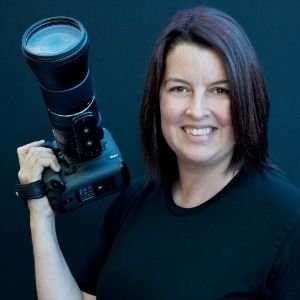
About Alex Cearns
Australian photographer Alex Cearns crafts exquisite animal portraits that convey the intrinsic joy people find in animals. As Creative Director of Perth based Houndstooth Studio, she photographs around 1300 animals per year. Her clients include engaged pet lovers, leading corporate brands and around 40 Australian and international animal charities and conservation organisations. Her images have been published extensively in worldwide media, books, magazines & ad campaigns.
An undisputed leader in her niche, Alex is the recipient of more than 350 awards for her photography, business and philanthropy. She is a Master Photographer with the Australian Institute of Professional Photography, and an Ambassador for Tamron, Profoto, BenQ, Studio Ninja, Illford Imaging Australia and Spider Camera Holster.
Houndstooth Studio Website https://www.houndstoothstudio.com.au/
Houndstooth Facebook page https://www.facebook.com/
Black Cat Consulting Website https://www.
InspHIGHER Facebook Group https://www.facebook.com/
